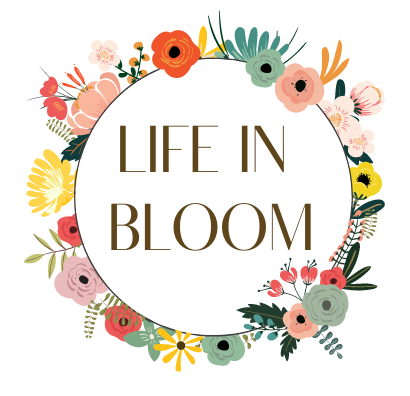By Dawn Hammon / Inhabitat
With fall around the corner, the pumpkin spice latte (PSL) has already taken over Starbucks menus across the country, and it’s likely that the crisp mornings will send you straight for the drive-thru. But before you prove your loyalty to the iconic, autumnal beverage, consider the effects your morning brew might have on the environment and your health, from the ingredients to the drive-thru to the disposable cups.
The ingredients can be bad for the Earth and our health
The recipe varies from one place to another, but it’s worth asking the question, “What is in that pumpkin spice latte, anyway?” Most contain a combination of traditional fall spices, steamed milk, espresso, often sugar and sometimes some pumpkin puree, topped with whipped cream and pumpkin pie spice.
While that might sound wholesome, researchers have found things like sulfites, potassium sorbate and annatto, which have been linked to breathing conditions, damage to genetic material and effects on blood pressure. Even when Starbucks announced its intention to switch to real pumpkin instead of a mixture of artificial flavors, other ingredients might also be problematic, such as commercially produced milk and non-organic pumpkin that contributes antibiotics, pesticides, insecticides and herbicides to our diets and ecosystems. Organic is a better option, and some groups have pressured Starbucks to make the change to no avail.
You should also know the concoction is barely even coffee, with a very low amount of caffeine. While it’s difficult to know exactly what’s mixed into your cup, before you indulge, do your own research about what you’re ordering. Note that a 16-ounce cup, or “grande,” with 2 percent milk and whipped cream serves up 380 calories, 14 grams of fat, 52 grams of carbs and 50 grams of sugar.

PSL impacts our planet in many ways
Cultivating the ingredients for your cup of seasonal Joe is rough on the planet. Consider the impact to the Amazon alone, where 2.5 million acres have been cleared in favor of coffee plantations over the past few decades. Sure, your single PSL isn’t to blame, but the cultural and habitual elements of the daily coffee run are; not to mention the whipped cream topping and the ever-growing awareness of the effect cattle has on the planet. Animal agriculture is one of our planet’s largest contributors to air quality issues, making that frothy topping and milky foundation anything but a treat.
Then, there is the fact that coffee is a water-intensive crop, with Mother Nature Network reporting that it takes about 37 gallons of water to grow and process the coffee beans to make one cup of coffee. Take into account the process of making a cup of PSL and washing dishes afterward, too.
Humans are responsible for polluting our waterways, which comes as no surprise after many years of headlines regarding landfills, lawn fertilizer runoff and microbeads. What you might not realize is something as simple as a cup of PSL can result in water pollution. While it might not be as toxic as Roundup, a group called Sound Citizen has monitored the waterways around the Pacific Northwest for the past decade and reported finding higher amounts of cinnamon and pumpkin spice throughout the fall season.
PSLs leave a trail of waste
Following the damage that the ingredients of the PSL have on the planet is the waste left behind. To perform at the level we expect, manufacturers coat the disposable paper cups in plastic, for which the planet does not thank us. Even when the paper manages to break down naturally, the residual plastic is left to sit in the soil and eventually the waterways. Add to that the plastic lids and straws (unless of course, you have your own), and you’ve contributed plentiful carbon emissions and landfill waste in a single sip.
The larger point to this is that everything we produce and consume has an effect on the water and earth, from the pumpkin and coffee remnants tossed at the cafe to the garbage full of drippy, plastic-lined cups to the waste we release in our urine.

How to enjoy an eco-friendly PSL
You might not be able to pass up the PSL 100 percent of the time, and we’re not saying you should, but awareness is a huge part of the battle. There are several things you can do to lessen the burden on the planet. Firstly, bring your own refillable cup and skip the single-use option. At the very least, avoid the lid and straw. Secondly, skip the whipped cream and opt for soy or almond milk options. Finally, avoid idling in the drive-thru. Organize coffee stop carpools at the office, walk to your morning spot or at least turn off the engine while you wait.
Another alternative option is to make your own PSL at home. Enjoy the warmth and endearing scent emanating from your mug with ingredients sourced locally. Looking for a recipe? Click here!
Via Care2, Society 19, Earth Day, Independent, Mother Nature Network and Atlas Obscura
Images via Pexels, Mimzy, Robert Couse-Baker, Daniel Spils and Jill Wellington






